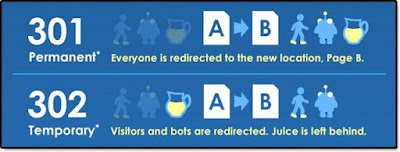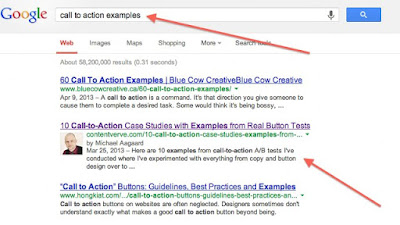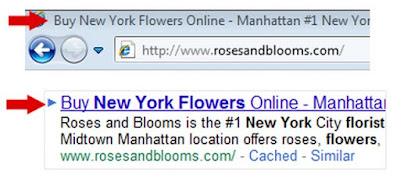List of SEO Terminologies You Should Know
If you are new to search engine optimization (SEO), the very first thing you should do is to enhance your vocabulary. While learning the key terms, you'll realize that SEO is a language on its own. Here are the basic SEO terms that you need to learn and why they are important to optimization.
301 redirect
A status code which means that the page had permanently moved to a new location (or URL). Redirection is actually the process of forwarding a URL to a different URL. Permanently redirecting from an old address keeps the search engine's index updated. It is also critical to the overall experience since it ensures that a user will automatically land to the right page.
Anchor text
The hyperlinked (dark blue and underlined) text; turns into purple once clicked. It is the anchor to the link. The anchor helps the search engines in understanding what the page is all about. Thus, it may enhance ranking once optimized anchor texts are used. Nonetheless, the goal is to keep the anchor text as natural as possible.
Keyword
A specific word or phrase describing the content of a web page. Words used in the search query can be also considered as a keyword or key phrase. Search engines can better identify and understand a page because of keyword usage. The keyword must appear in the title tag, meta description, URL, and content. However, overusing keywords is not advisable.
Link
One way to navigate from one website or page to another. A link can be internal or external. Links that appear within a website are called internal links while links pointing to an outside page are dubbed as external links. Both links are important from an SEO perspective. An organized internal link structure leads to having findable pages. On the other hand, external links are an authority signal.
Meta description
An HTML tag which is denoted by <meta>. A meta description provides a concise explanation of the content of the page. It shows on the SERP beneath the headline and URL. The optimal length is 155 characters. It must be unique and relevant to the content of the page. Another best practice is to include a keyword within the description, but it should be integrated naturally as possible.
SERP
The acronym for search engine results page. Search engines display a SERP after keying in a search query. A SERP includes the majority of the SEO elements defined here such as the title tag, meta description, keyword (usually appearing in bold), and URL.
Title tag
An HTML tag that is denoted by <title>. It represents the title of the page viewable as the headline of a search result or on the tab of the browser. The optimal length is 55 characters. The significance of the title tag lies in identifying what the page is about. Thus, it should be relevant to the content of the page. Also, the title tag must be unique since search engines primarily read title tags before proceeding to other elements on the page.
URL
The acronym for uniform resource locator. It refers to all types of names and addresses referring to objects in the interweb. It is the unique address given for a file that is accessible on the Internet (example: www.mywebsite.com/contact-us). URLs give the pages an identity of its own.
These are the basic SEO terms that beginners need to know. It gets complicated as your vocabulary widens. But, the more complex words are usually and somehow have these basics as their foundation.
Author Bio:Abbeygail Urie is a techie woman and wants to be always updated with the growing technology today. She is also freelance writer and blogger for Optimind SEO. Optimind SEO help websites to improve the overall performance through the proper implementation of on-page and off-page strategies.



















Search engine optimization is more than just a fad nowadays. It is made use of and applied by mostly all websites online that aim to create money as well as get to on-line popularity.
ReplyDeleteSEO company sri lanka